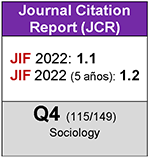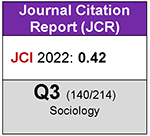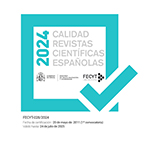The complex detection of racism and xenophobia through survey methods. A step forward in their measurement
DOI:
https://doi.org/10.5477/cis/reis.125.13Keywords:
Racial Discrimination, Xenophobia, Social Desirability, Error Analysis, Measurement Errors, Indicators, Methodology, SurveysAbstract
Methodological adequacy of survey when measuring racism and xenophobia has been discussed in previous studies. The aim of this paper is to improve measurement through survey methods. First, a theoretical approach is made to the concepts of
racism and xenophobia, considering the different forms and aspects of their measurement according to existing theoretical and empirical research. Secondly, the main errors that may crop up when recording such phenomena are dealt with. Then, we move down to the level of the indicators used. The effectiveness of the traditional indicators used in CIS surveys, which are compared with «new» indicators applied earlier in the European Social Survey (2002-2003), is assessed using the articulation of multivariate analytical techniques (cluster and discriminant) in both analysis and validation samples. These «new» indicators end up by showing greater effectiveness when measuring attitudes against immigration, due mainly to the question format adopted in the questionnaire. Nevertheless, measurement errors are still detected and some proposals for dimensions, indicators and question formats are given in order to help advancing in the complex detection of latent racism and xenophobia.
Downloads
Downloads
Published
How to Cite
Issue
Section
License
Copyright (c) 2024 Revista Española de Investigaciones Sociológicas

This work is licensed under a Creative Commons Attribution-ShareAlike 4.0 International License.
Permite Compartir — copiar y redistribuir el material en cualquier medio o formato, Adaptar — remezclar, transformar y construir a partir del material para cualquier propósito, incluso comercialmente.








